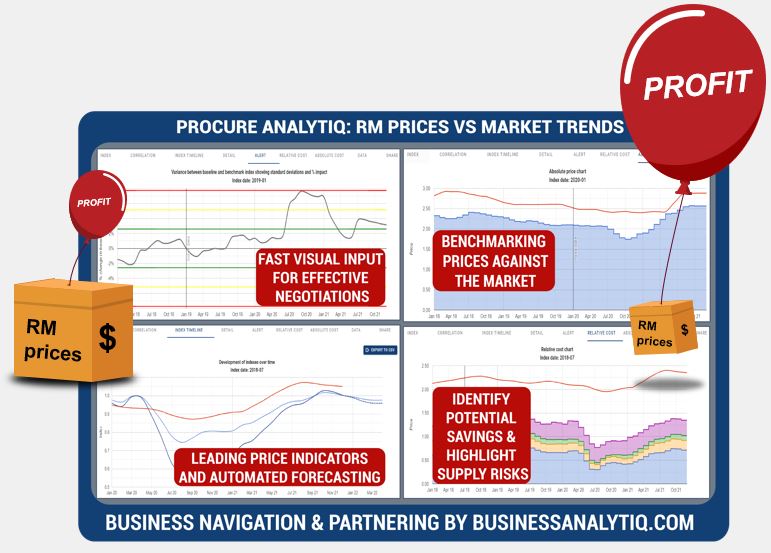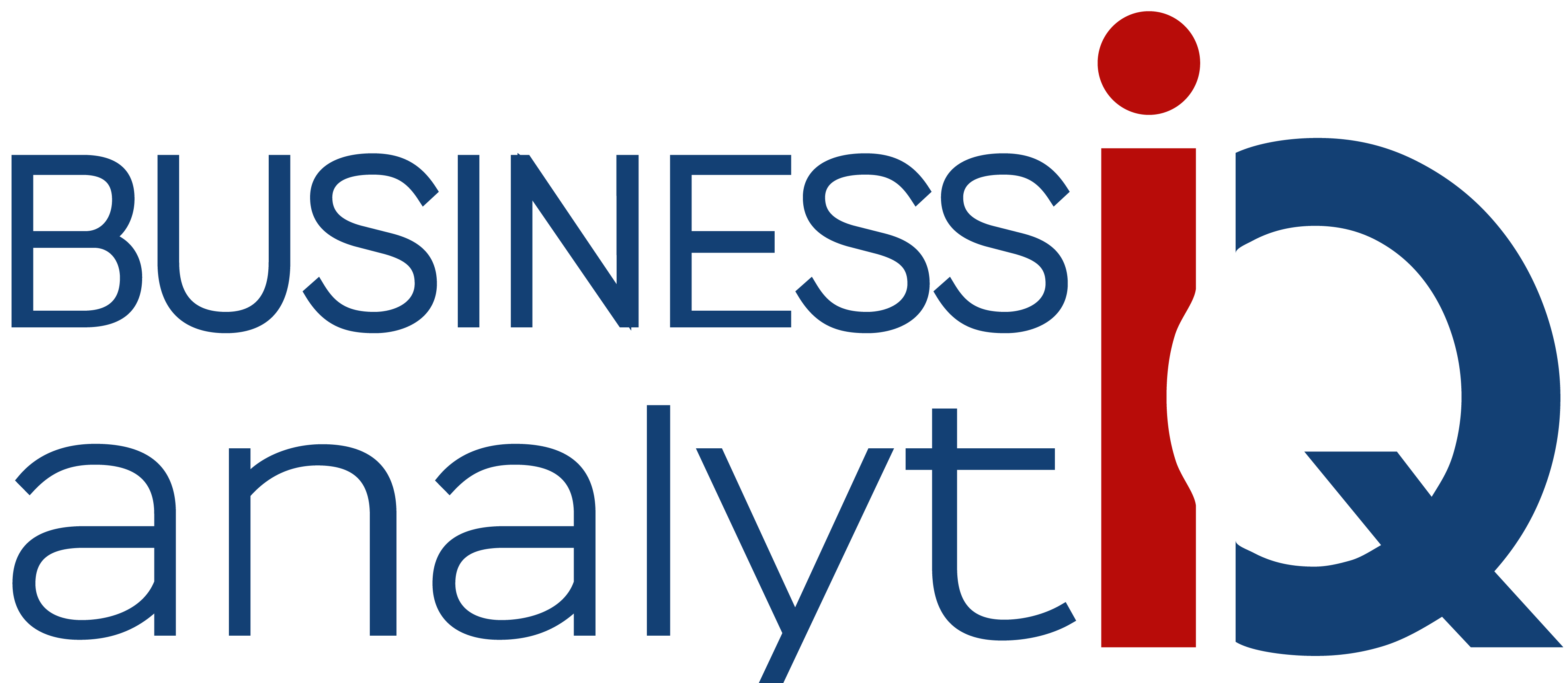LLDPE price April 2024 and outlook (see chart below)
- North America:US$0.97/KG, unchanged
- Europe:US$1.2/KG, 3.4% up
- Northeast Asia:US$1.13/KG, -0.9% down
- India:US$1.33/KG, unchanged
Business Analytiq assumes no responsibility or liability for any errors or omissions in the content of this site. The information contained in this site is provided on an “as is” basis with no guarantees of completeness, accuracy, usefulness, fitness for purpose or timeliness.
LLDPE Price Index
This post is a summary of the global LLDPE price developments. The price developments of global LLDPE prices are expressed in US$ prices converted FX rates applicable at the time when the price was valid. LLDPE price index developments are calculated from multiple separate sources of data to ensure statistical accuracy.
The outlook for global LLDPE prices, on the second tab, is generated from different inputs including:
- Very recent price developments of immediate cost drivers of global LLDPE resin prices
- Recent price developments of underlying feedstocks which drive the price of LLDPE
- Market futures for both cost drives and feedstocks of global LLDPE prices
- Adjustment of current supply/demand imbalances in the LLDPE market
- Longer term trends in likely demand conditions
Further information on the LLDPE price index chart
What is LLDPE
LLDPE stands for linear low-density polyethylene. It is a type of plastic that is commonly used in the production of various products, such as plastic bags, films, sheets, and containers. LLDPE is a form of polyethylene that has a linear, branched structure, which gives it unique properties compared to other forms of polyethylene.
LLDPE is known for its flexibility, toughness, and resistance to impact, puncture, and tear. It has good barrier properties against moisture and gases, making it useful in the packaging of food and other perishable goods. LLDPE is also lightweight, which makes it an attractive material for reducing the weight of products and increasing their transport efficiency.
LLDPE is produced through a process called polymerization, in which ethylene monomers are reacted in the presence of a catalyst to form the polymer. The specific properties of LLDPE can be adjusted by varying the manufacturing conditions, such as the catalyst used, the pressure and temperature of the reaction, and the co-monomers added to the polymerization process.
How is LLDPE produced
LLDPE, or linear low-density polyethylene, is typically produced using a process called polymerization. This process involves the reaction of ethylene monomers with a catalyst under specific conditions to form a polymer.
The most common method for producing LLDPE is called the gas-phase process. In this process, ethylene and a comonomer (such as butene, hexene, or octene) are introduced into a reactor vessel containing a bed of catalyst particles. The reactor is typically operated at high pressure and temperature, with the use of a gas circulation system to maintain a constant temperature and pressure throughout the reactor.
As the monomers react with the catalyst, they form a growing polymer chain. The polymer particles are then carried by the circulating gas flow to a fluidized bed, where they are cooled and solidified. The resulting LLDPE particles are then separated from the gas flow and collected for further processing.
The properties of the resulting LLDPE can be adjusted by varying the manufacturing conditions, such as the type and amount of comonomer used, the pressure and temperature of the reactor, and the catalyst system used. This allows for the production of a wide range of LLDPE grades with different properties and applications.
What is LLDPE used for
LLDPE, or linear low-density polyethylene, has a wide range of uses and applications, particularly in the packaging and construction industries. Some of the most common uses of LLDPE include:
Plastic bags
LLDPE is commonly used to produce plastic bags, including grocery bags, trash bags, and other types of packaging.
Films and sheets
LLDPE is also used to produce films and sheets for various applications, such as packaging, protective coatings, and agricultural films.
Containers
LLDPE is used to produce containers for storing and transporting liquids, such as detergents, chemicals, and other industrial products.
Construction
LLDPE is used in the construction industry to produce pipes, fittings, and other products that require flexibility, toughness, and resistance to impact and corrosion.
Wire and cable insulation
LLDPE is used as an insulation material for wires and cables, due to its good electrical properties and resistance to abrasion and weathering.
Medical and healthcare products
LLDPE is used in the production of medical and healthcare products, such as tubing, bags, and packaging, due to its ability to resist contamination and sterilization.
Overall, LLDPE is valued for its flexibility, toughness, and resistance to impact, puncture, and tear, making it a versatile material that is used in a wide range of applications.
What are the key properties of LLDPE
The key properties of LLDPE, or linear low-density polyethylene, include:
Flexibility
LLDPE is a flexible material, which makes it useful in applications that require stretchability, such as packaging films and bags.
Toughness
LLDPE is a tough material that can withstand impact and puncture, making it useful in applications that require durability and strength.
Chemical resistance
LLDPE is resistant to chemicals, such as acids and bases, which makes it useful in applications that require chemical resistance.
Low density
LLDPE has a lower density compared to other polyethylene materials, which makes it lighter and more cost-effective for use in packaging and other applications.
Good sealing properties
LLDPE has good sealing properties, which makes it useful in applications that require airtight or watertight seals, such as packaging for food and beverages.
Heat sealing ability
LLDPE can be easily heat sealed, which makes it useful in applications that require airtight seals or closures.
UV resistance
LLDPE has good UV resistance, which makes it useful in applications that require resistance to outdoor weathering.
Overall, the properties of LLDPE make it a versatile and widely used material in many different applications, particularly in the packaging industry.
What drives the cost of LLDPE
The cost of LLDPE, or linear low-density polyethylene, can be influenced by several factors, including:
Raw material prices
The price of LLDPE is influenced by the cost of the raw materials used in its production, such as ethylene and comonomers. Fluctuations in the price of these raw materials can impact the cost of LLDPE.
Production capacity and utilization
The availability and utilization of production facilities can impact the cost of LLDPE. If production capacity is limited or if there are disruptions in the production process, this can lead to a shortage of LLDPE and higher prices.
Manufacturing and transportation costs
The cost of producing LLDPE can vary depending on the manufacturing process and location. Transportation costs can also impact the final cost of LLDPE, especially if it needs to be shipped long distances.
Government policies and regulations
Government policies and regulations, such as tariffs or import/export restrictions, can impact the cost of LLDPE by affecting the availability and price of raw materials, as well as transportation and trade costs.
Overall, the cost of LLDPE can be influenced by a variety of factors, many of which are beyond the control of individual manufacturers or consumers.
How big is the global LLDPE market
The global LLDPE (linear low-density polyethylene) market size was valued at around USD 57.5 billion in 2020, according to a report by Grand View Research. The LLDPE market is expected to grow at a compound annual growth rate (CAGR) of around 5.3% from 2021 to 2028. The market growth is primarily driven by the increasing demand for LLDPE in the packaging industry, especially for food and beverages. Other factors driving the growth of the LLDPE market include the growing construction industry and the increasing use of LLDPE in the manufacture of pipes, films, and coatings. The Asia Pacific region is expected to be the largest market for LLDPE, driven by the growth in the construction and packaging industries in countries such as China, India, and Japan.
According to https://oec.world/ :
Polyethylene are the world’s 53rd most traded product.
In 2018, the top exporters of Polyethylene were Saudi Arabia ($10.7B), United States ($5.97B), Belgium ($4.21B), Germany ($3.1B), and Singapore ($3.06B).
In 2018, the top importers of Polyethylene were China ($10.5B), Germany ($2.99B), United States ($2.61B), Singapore ($2.22B), and Italy ($2.06B).
Further information
- Wikipedia for general, history, production and usage information
- PubChem for chemistry and property information
Business Analytiq
BE THE FIRST TO SEE RISK AND OPPORTUNITY!
BusinessAnalytiq provides unlimited market trend data and an online tools to track market developments, key benchmarks & leading indicators.
BusinessAnalytiq leads to price visibility, better negotiations, easier budgeting and forecasting, lower raw material prices, and improved better internal and external communication. BusinessAnalytiq will decrease risk and higher profit.

Where does the data come from?
- The source of the data are exclusively public non-confidential sources. We have no access to primary data
- This the index trend of the price trend of the "product category" in general, and not a single specification of the product in particular
- The data is a combination of contract and spot pricing
- Our algorithms are set up to eliminate significant product mix impact on the reported price
- We combine public publications, import/export records, trading prices, company announcements, magazine articles, tweets, and other sources of ad-hoc public information.
- The chart shows the our best approximation of the market trend based on our algorithm interpretation of the signals
- For most indexes we have multiple sources and we focus on using statistically-correlated sources
- As a function of our automation, it is likely that recent trends will be adjusted as we discover more information. So, for example, the price trend for February 2024 will be first calculated in February 2024 and adjusted in March, April and May 2024.
- We will update the data trend as more information becomes available, and this means that recent trends will always be adjusted as we get more data available
- The algorithm will regularly revise our understanding of market trends, and indicated market trends may change
- The data is presented in US$. The UOM of measure is shown in the Index list table
- Our automated software and we do our best to create an accurate representation of the trend
Where does the data NOT come from?
- We do not purchase data from any other source and republish it.
- We will not purchase data from any other source and republish it
- We do not extrapolate trends, even for the forecast. We look for other market signals and leading indicators
What data should our company use?
- If you are making decisions driving significant share of profit, we always recommend that you buy data from the companies who invest in direct primary market access such as ICIS, amongst many others
- Our data, at best, represents an estimate of the market trend based on public information
- We have no direct access to the market, and we do not interview suppliers and customers
- Our automated analysis tools in the online software are set up to combine our data with other sources of data
- We do not recommend that you use our data for direct price mechanisms, as we may change and improve the data trends over time, including historical data
What does the quality indication in the main menu mean?
- Quality level A: Data is from a reliable and confirmed source
- Quality level B: Data is from multiple credible sources and there are no major statistical inconsistencies between them
- Quality level C: Data is from multiple credible sources and there are some statistical inconsistencies between them
- Quality level D: Data is from a single credible source, but we cannot verify the data
- Quality level E: Data is either:
- From a single source, which we consider reliable, but we cannot verify the data.
- From 2 or more sources which have some periods of contradicting trends.
- Quality level F: Data is from a single source which we consider indicatively correct, but the data is anecdotal and we cannot verify the data.
What are the disclaimers?
- We assume no responsibility or liability for any errors or omissions in the content of this site.
- The information is provided on an “as is” basis with no guarantee of completeness, accuracy, usefulness, fitness for purpose or timeliness.
- By their nature, outlooks are always uncertain
How often do we update the data?
- We aim to update the data series on the 9th and 24th of each month (but we do not always make it for each chart)
- The data for the current month and recent history are fine-tuned over time.
What are we doing to improve the data?
- We are continually improving our data collection and processing methods
- Pricing data will be updated from time to time as we improve the accuracy
- We are reviewing all data sources in the first half of 2024.
- There will be continuous fine-tuning of the trend and forecast algorithm as part of that.
- The key focus in 2024 is to add many additional indexes
How can i give feedback on the data or request for new indexes
- Feel free to contact us if you have a specific request. You can reach us via the Contact us page

